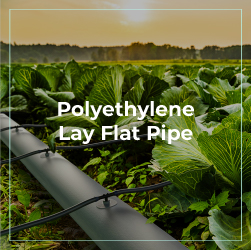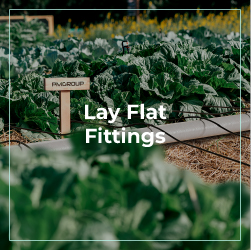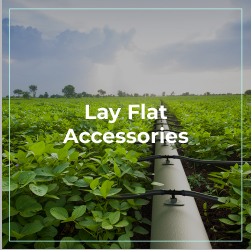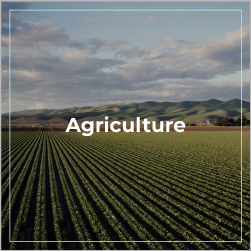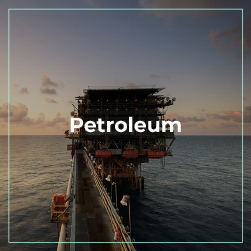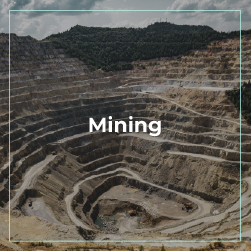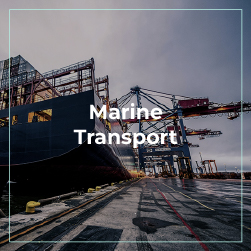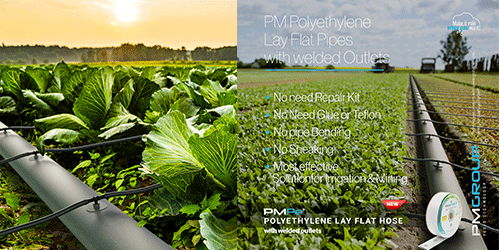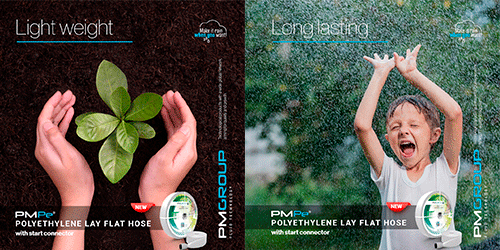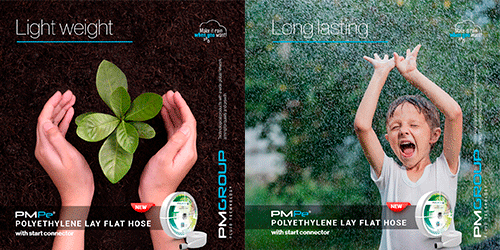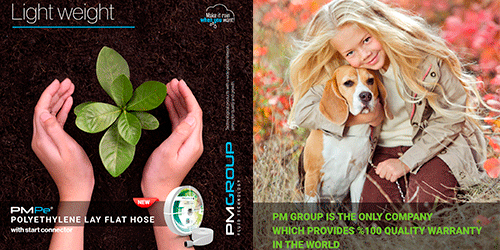Layflat pipes are essential in various applications, including irrigation, drainage, and temporary fluid conveyance. As the industry evolves, both traditional and modern variants offer unique advantages and potential drawbacks. This article provides a comparative analysis of traditional versus their modern counterparts, highlighting key differences in materials, performance, and application suitability.
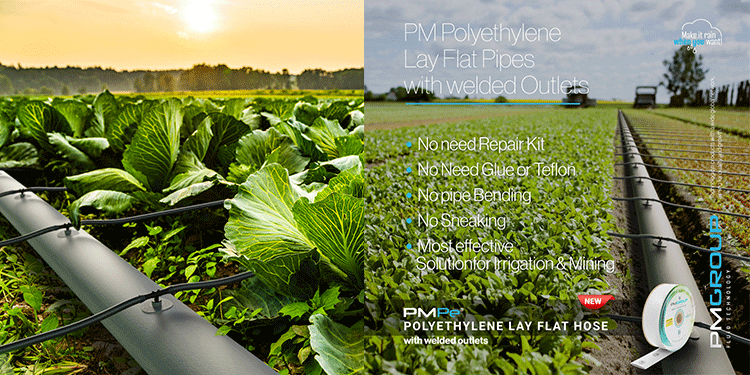
Traditional Layflat Pipes
Traditional layflat pipes are typically made from materials like PVC or rubber. They are designed to be lightweight and flexible, allowing for easy deployment and storage. Common applications include agricultural irrigation and dewatering systems. Key features of traditional layflat pipes include:
- Material Composition: Often composed of PVC or rubber, these pipes are known for their durability and resistance to wear and tear.
- Flexibility: Their flexible nature facilitates easy handling and installation, especially in uneven terrain.
- Cost: Traditional pipes are generally more affordable, making them a popular choice for budget-conscious projects.
Modern Layflat Pipes
Modern pipes incorporate advanced materials and manufacturing techniques, offering several enhancements over traditional variants. These pipes are designed to meet the increasing demands of various industries. Key features of modern layflat pipes include:
- Material Advancements: Many modern layflat pipes are made from high-grade materials such as thermoplastic elastomers (TPE) or high-density polyethylene (HDPE), which offer superior strength and chemical resistance.
- Enhanced Performance: Modern materials provide improved pressure ratings, durability, and resistance to environmental factors like UV exposure and extreme temperatures.
- Design Innovations: Advances in pipe design, including reinforced layers and improved coupling systems, enhance performance and reliability in demanding applications.
Comparative Analysis
- Durability: Modern layflat pipes generally outperform traditional pipes in terms of durability. The advanced materials used in modern pipes offer better resistance to abrasion, chemicals, and UV degradation, leading to longer service life.
- Pressure Ratings: Modern layflat pipes often have higher pressure ratings compared to traditional ones. This makes them suitable for high-pressure applications and ensures reliable performance under varying conditions.
- Flexibility and Handling: Traditional layflat pipes are known for their flexibility, which makes them easier to handle and deploy. However, modern pipes, while still flexible, may offer less ease of handling due to their advanced construction.
- Cost Considerations: Traditional layflat pipes are typically less expensive than modern alternatives. However, the higher initial cost of modern pipes can be offset by their longer lifespan and reduced maintenance needs.
- Environmental Impact: Modern layflat pipes often feature environmentally friendly materials and manufacturing processes, contributing to sustainability efforts. Traditional pipes may lack these advancements, impacting their overall environmental footprint.
In summary, both traditional and modern layflat pipes have their distinct advantages and applications. Traditional layflat pipes are cost-effective and flexible, making them suitable for basic applications. In contrast, modern layflat pipes offer enhanced durability, higher pressure ratings, and improved performance, making them ideal for more demanding and high-pressure scenarios. Choosing the right type of layflat pipe depends on specific project requirements, budget constraints, and performance expectations.

